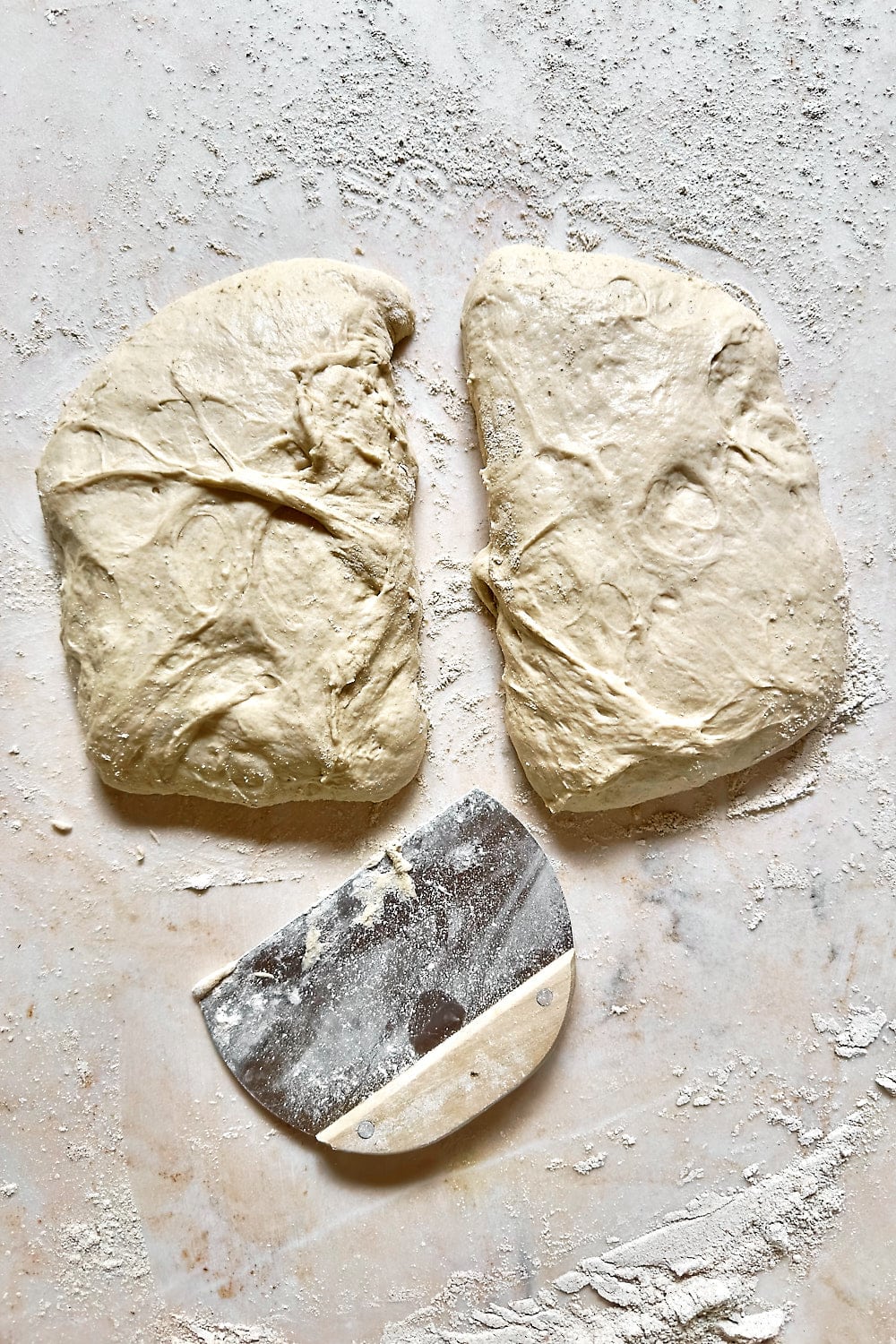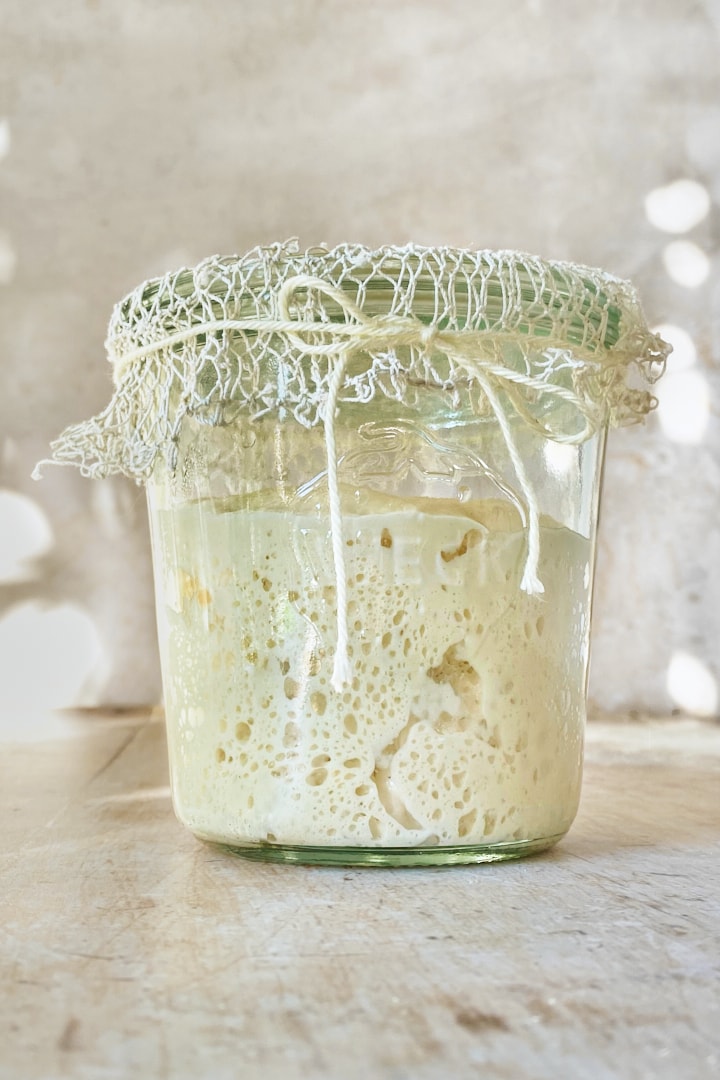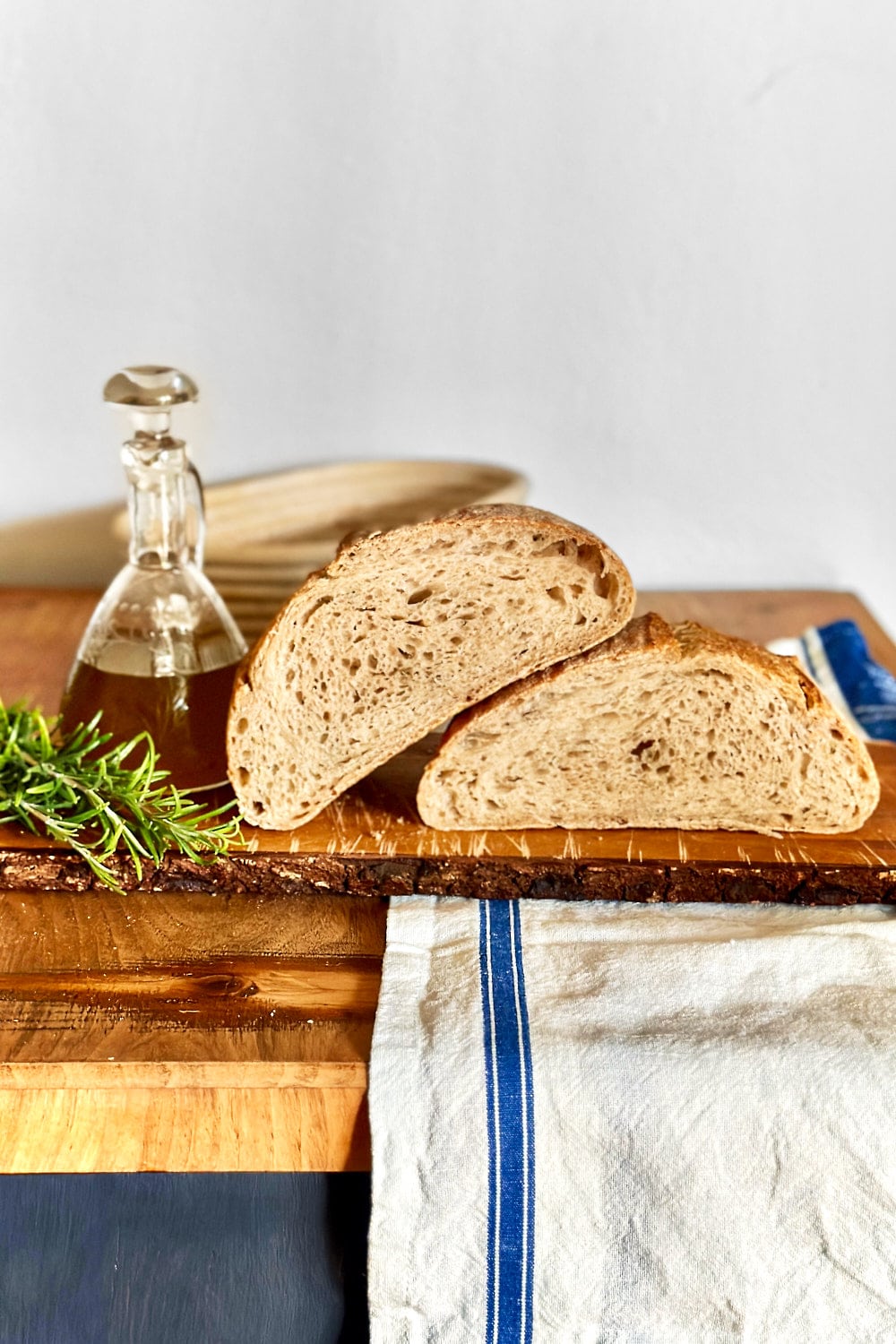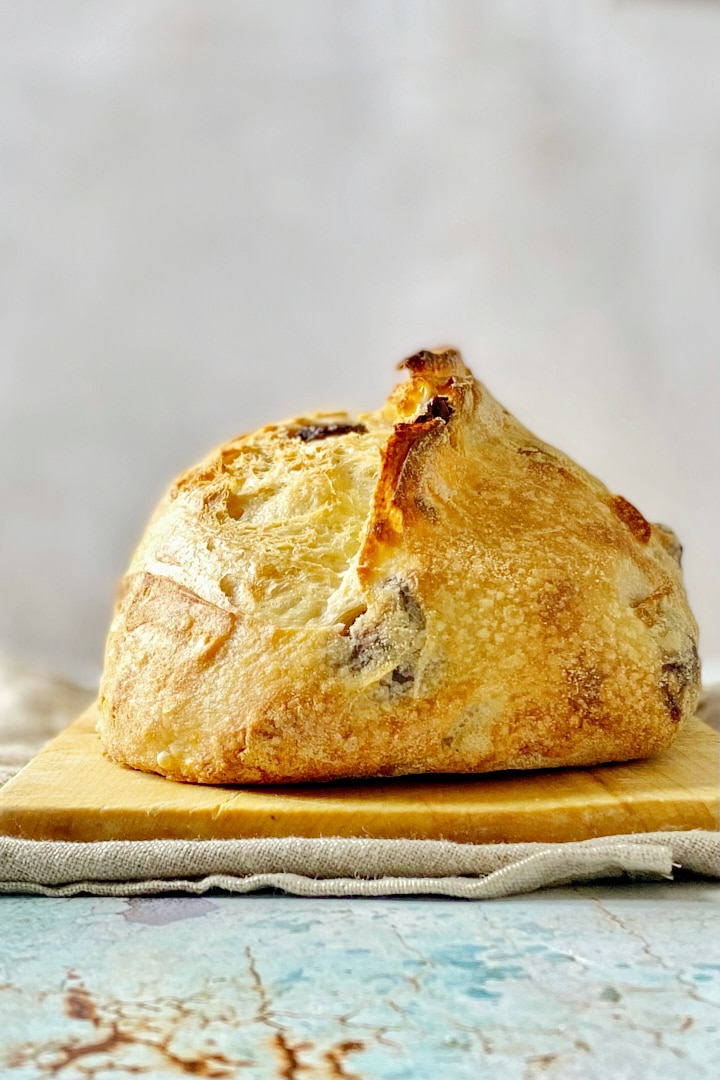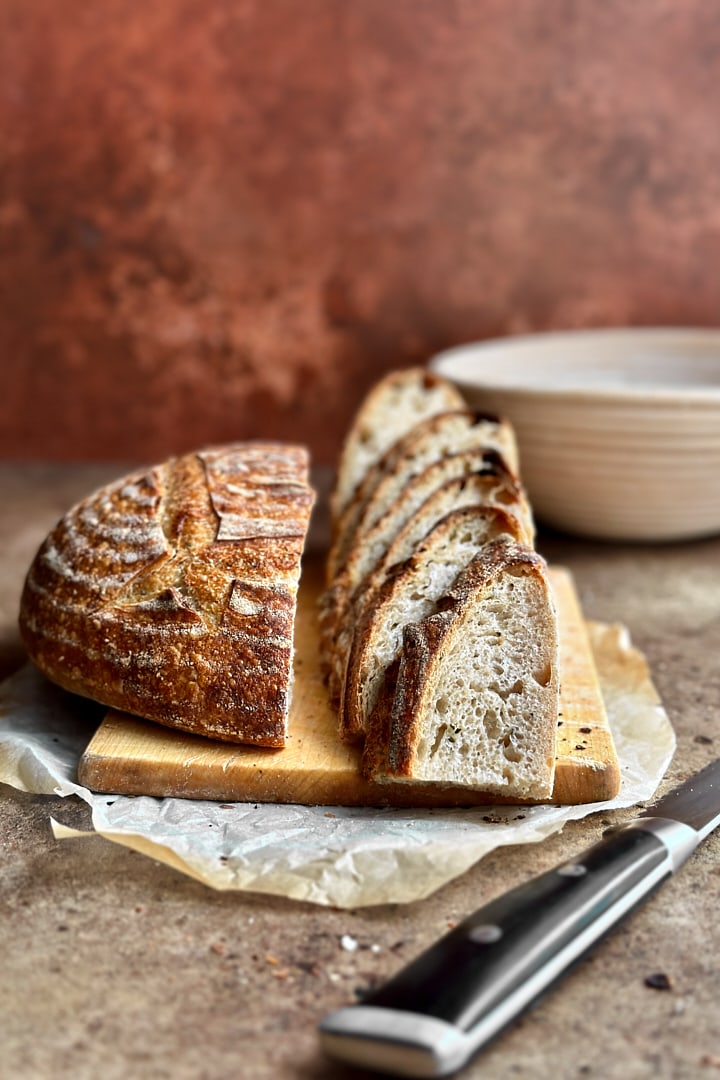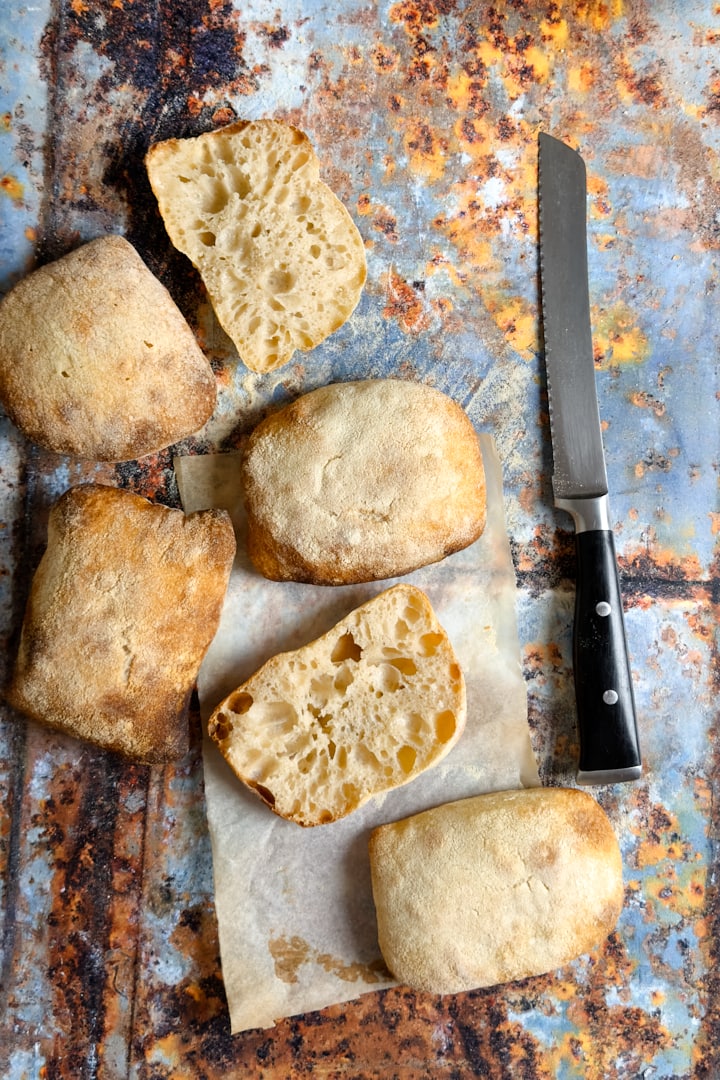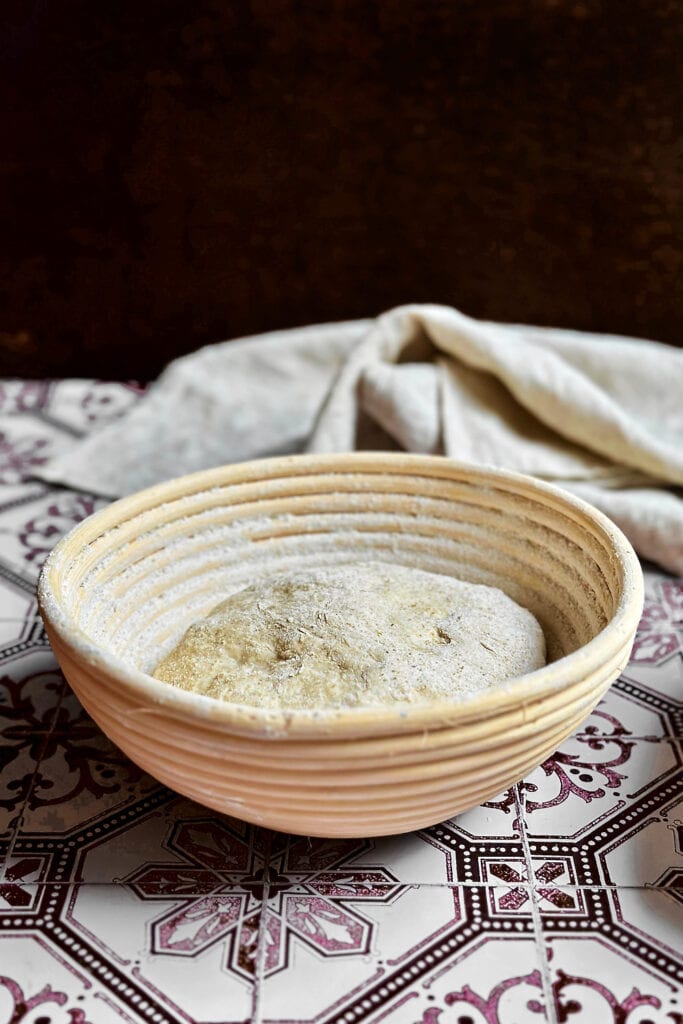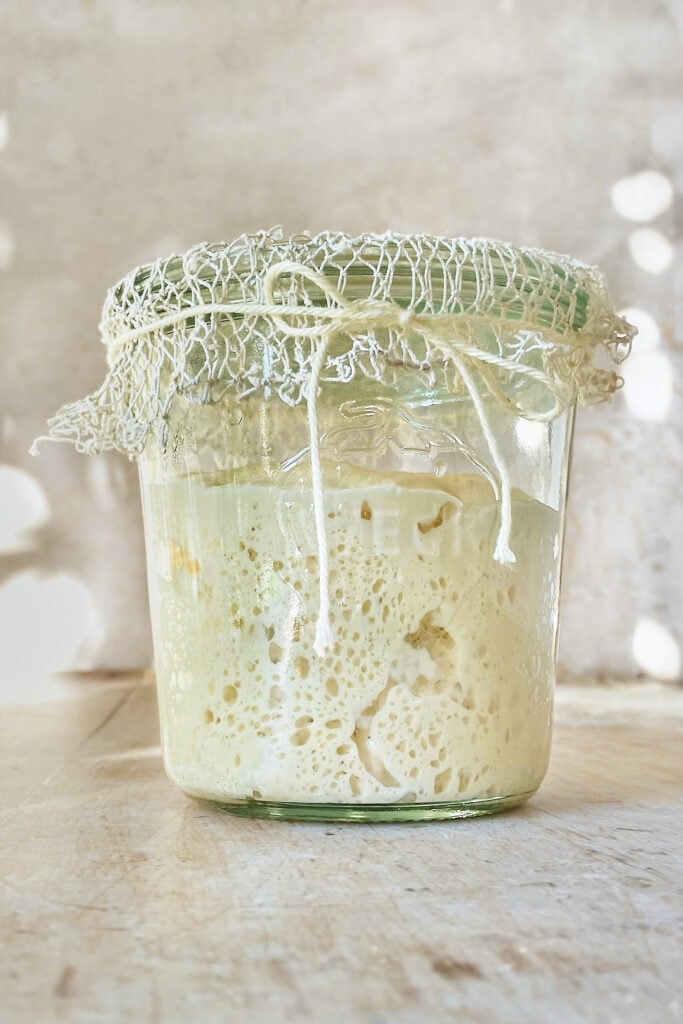How to Stretch and Fold Sourdough
Learn how to stretch and fold sourdough for gluten development and dough strength. It’s one of the most important steps in the bread making process. In this post, you will learn different methods to achieve a well developed dough. Developing gluten and building dough strength gives the dough elasticity and structure, allowing it to stretch and rise during fermentation. A strong gluten network is essential for holding the gases and air bubbles produced during fermentation. This makes the dough rise properly during baking and gives the bread a light and airy crumb. A well-developed dough also promotes good oven spring and contributes to the final shape and texture of the bread.
The Stretch & Fold Method
The stretch & fold technique is one of the most common methods to develop dough strength without kneading. This technique involves picking up one corner of the dough, stretching it, and then folding it back over itself. This creates layers that will hold the gases produced during fermentation. It is usually done after mixing the ingredients and is an easy way to transform a shaggy dough into a smooth and elastic dough. The stretching and folding should be done multiple times during the bulk fermentation and can be spaced apart 15 minutes to 1 hour. At first, the dough will fell very weak and slack, but with time and repeated stretching and folding, it will start to tighten up and become stronger and more elastic. As a general rule, it is common to perform 3-6 rounds of stretching and folding, depending on the recipe and dough texture. For example, a very wet and slack dough might need more rounds than a stiffer dough that’s already pretty strong.
Method:
The Slap & Fold Method
The slap & fold technique is an effective way to quickly develop gluten and strengthen the dough. It is particularly useful when working with wet doughs. It involves repeatedly slapping the dough onto the work surface and then folding it back over itself. This creates surface tension and promotes strong gluten development.
Method:
The Coil Fold Method
The coil fold method is a more gentle but also very effective way to develop gluten and build dough strength. It is done by lifting the dough up in the middle and then folding it back over itself like a coil. This creates surface tension, strength, and layers in the dough. This method is often used in combination with the stretch & fold technique during bulk fermentation.
Method:
Sourdough Lamination
Dough lamination is a process that is typically found in pastry making and involves adding layers of butter in between layers of dough (like making croissants, for example). However, it’s also a great technique for lean doughs and promotes gluten development. Lamination works particularly well if you want to add inclusions to your bread dough, such as olives, sun-dried tomatoes etc. It is done by stretching the dough out as thin as possible on your work surface without tearing it and then folding it back up into a neat little package. This method stretches and strengthens the gluten strands, improving the dough structure and elasticity. It is a useful method when working with wet and elastic doughs. If you have a stiff, low-hydration dough, this technique might not work very well.

